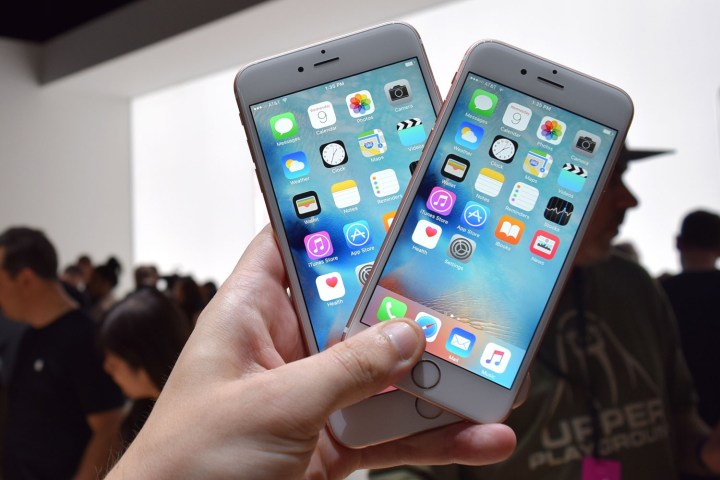
If Apple has its way, however, a future version of the iPhone could have a display on both the front and the back — that’s if the company’s latest patent is anything to go by.
The phone in the patent doesn’t have two displays — instead it has one that wraps all the way around the phone. Of course, the iPhone has enough of an issue with battery life as is — thankfully, Apple has found a way to ensure that the whole display doesn’t have to be on at all times, using face trackers. These would determine where you’re looking at the phone and which portion of the display needs to be on.

To take advantage of the larger display, the patent shows that buttons and controls would be moved to the bottom, except for the volume control, which would become a software control rather than a hardware button.
It’s pretty unlikely that we’ll see this patent come to fruition any time soon — not only would it be hard for today’s smartphone user to get used to, but it might not be as durable as some would hope. You might remember that until the 5, the iPhone had a glass back that was prone to cracking and was eventually switched out for the aluminum design we have on the iPhone now.
Of course, Apple isn’t the only one working on devices with more displays. Samsung is said to be working on a foldable phone for release sometime this year or next year. If that ends up being a hit, Apple may feel like it has to come up with an innovation of its own when it comes to the screen, and this patent could hint at what we’ll see.
Editors' Recommendations
- One of the most iconic iPhone accessories is back — and it’s great
- iPhone 16: news, rumored price, release date, and more
- AirTags range: here’s how far the tracker can reach
- An Apple insider just revealed how iOS 18’s AI features will work
- 5 phones you should buy instead of the iPhone 15


